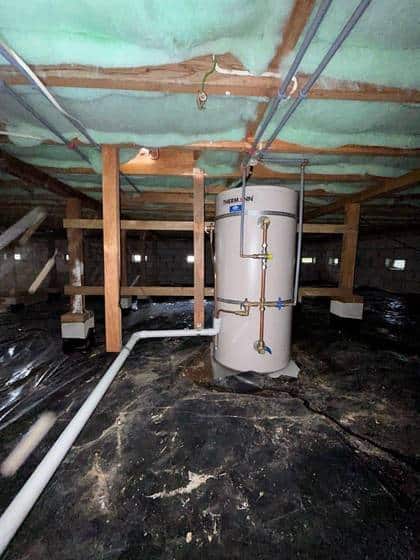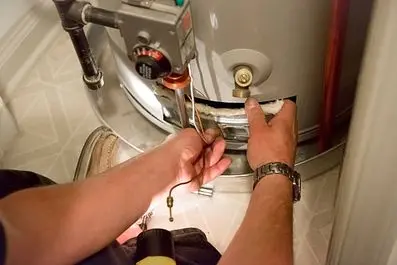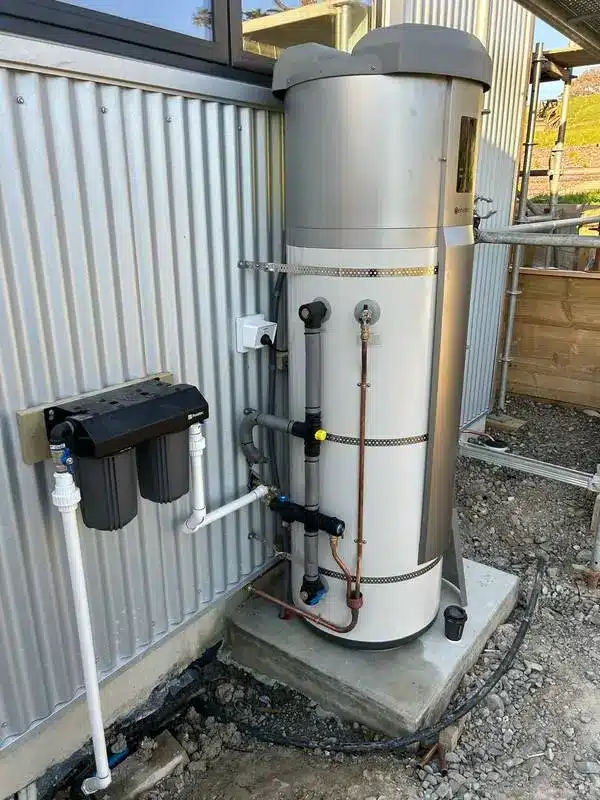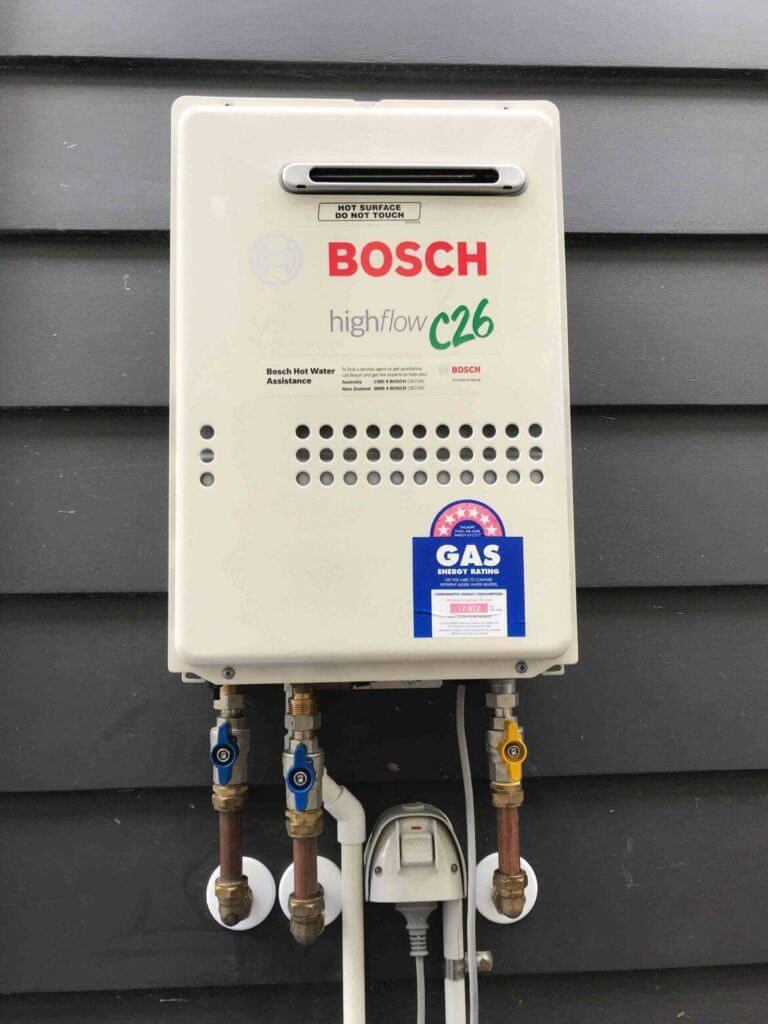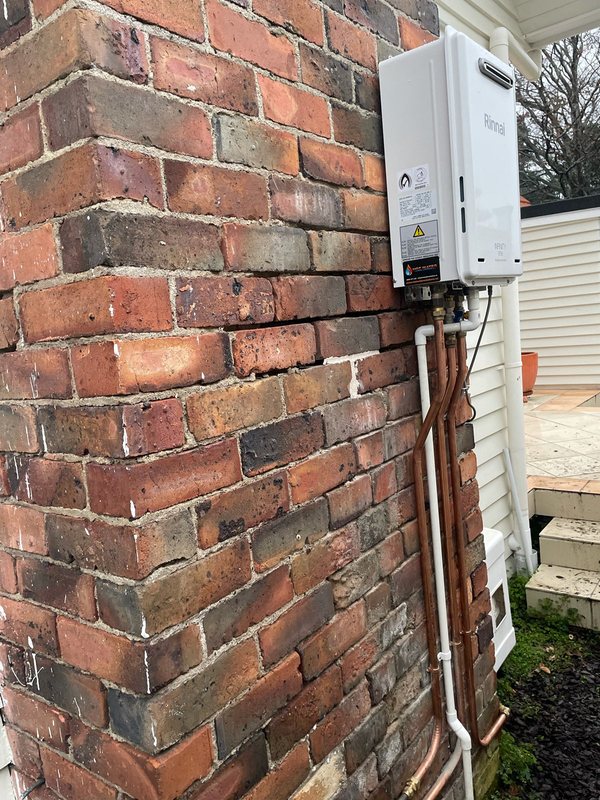Type of Water Heater
Certain types of water heaters, such as instant gas water heaters, must be mounted outdoors. So, apart from where you want the device to be placed on the outside, there won’t be much to determine.
Choosing a spot that is conveniently accessible and close to gas bottles or a gas line should be at the top of your priority list. Take into account the location of the water piping as well as the water outlets.
The device must be placed away from electrical components for hot water cylinders, including those heated by heat pumps. In order to be easily examined and maintained, the cylinder must be placed in a clear position.
The cylinder’s water source should be potable water from a public mains water supply, with all water treatment equipment working properly. To minimise heat losses in the pipe network, you must understand the proximity of the device to its outlet as well as the areas it will serve. Pipe runs should be lagged and kept to a minimum.
The cylinder should be placed at least half a metre above any object or surface and 100 mm away from walls, ceilings, or other items such as cabinets to allow for easy servicing and replacement of the heating elements and magnesium anodes if necessary.
Inside or Outside
The characteristics of your home and the capability of the spaces available in it will determine how the unit is installed inside. While it is possible to mount outside, it is preferred to do so inside, unless you have a hot water heat pump which is specifically designed for outside installation.
If the main issue is a lack of space inside, the water heater can be placed outside or in colder areas such as balconies or garages. If this is the case, an insulating cover may be required to prevent product degradation or to provide protection from environmental factors such as the sun, rain, or wind.
Existing Rooms
Consider the convenience of your own home and seek out a location that does not disturb you or interfere with your everyday routine.
Since a water heater isn’t always the most appealing item, it’s best to keep it hidden, such as in a cupboard. The best location is within your house, as close to a water source as possible.
The bathroom is a common location for a water heater, owing to the fact that hot water can enter your bathroom fixtures much faster and therefore suffers less heat loss during its journey. It’s also convenient because all of the required drainage and waste pipes are already in place. If you don’t have much space, a bathroom is also a great choice, but the factors mentioned below must be considered.
Electrical and gas safety laws must be followed. Electrics have their own set of rules that must be followed to the letter. A water heater must be mounted away from the chance of coming into contact with water, and the bathroom is divided into “splash” areas. The key electrical outlet must be entirely outside of the bathroom.
For any repairs or ventilation, there must be enough room around the device. To conserve your bathroom decoration and protect the unit from potential water splashes, it’s best to keep it in a cupboard. There should be a gap between the cabinet and the top of the unit and a gap between the cabinet and the bottom of the unit if you hide your water heater in a cupboard.
Another great option, which most homeowners make, is to install your water heater in a kitchen, utility room or attic space. These tend to have more space to install, but similar factors to a bathroom must be considered.
Ideal Places
When the room in our home is small, we must think carefully about how to organise the various elements to make the most of it. In the case of water heaters, a specific and clear space is typically needed. A laundry or utility room is a good example since it would already have a water link. Your choices, however, could be limited to the toilet. It’s important to remember consider all options available to you.
Water heaters are often used in a utility room alongside other appliances such as washers, toilets, and cleaning supplies. If you don’t have this room, though, you’ll need to come up with other options for where to put your water heater.

